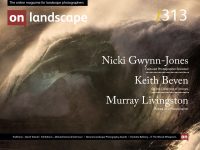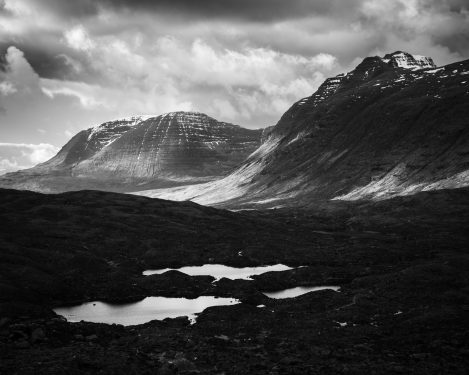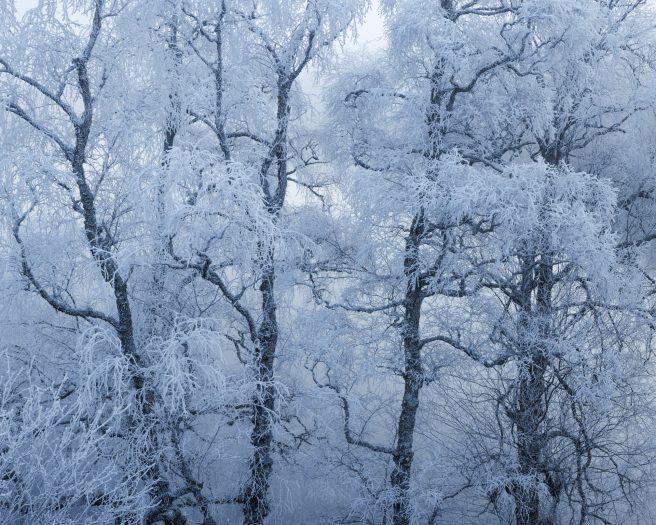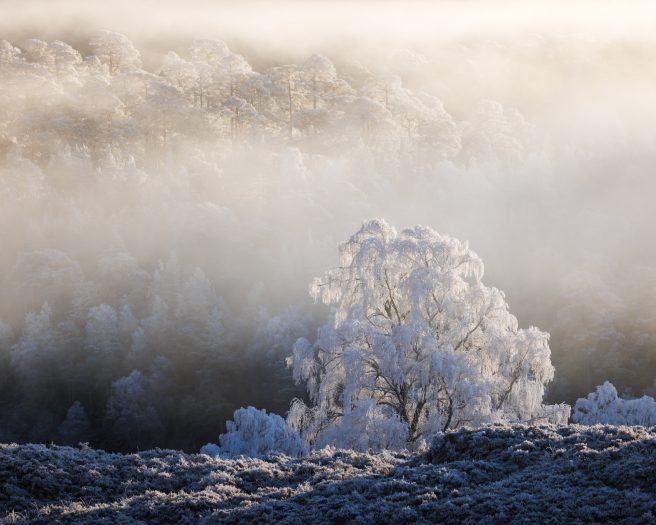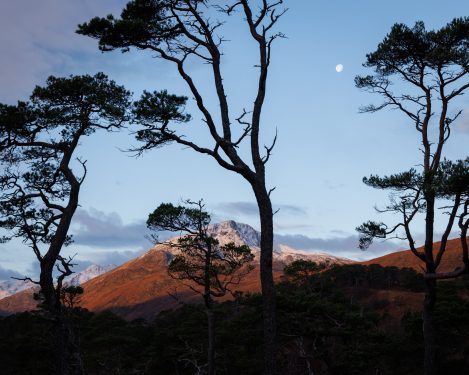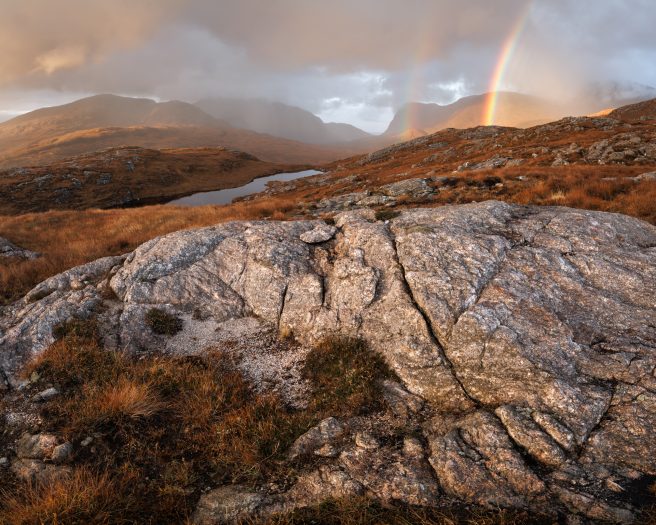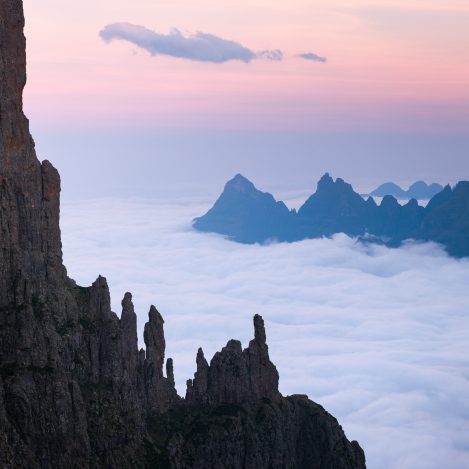Narrowing focus on projects for more photographic clarity

Matt Payne
Matt Payne is a landscape photographer and mountain climber from Durango, Colorado. He’s the host of the weekly landscape photography podcast, “F-Stop Collaborate and Listen,” co-founder of the Nature First Photography Alliance, and co-founder of the Natural Landscape Photography Awards. He lives with his wife, Angela, his son Quinn, and his four cats, Juju, Chara, Arrow, and Vestal.
Throughout the past few years, I’ve enjoyed getting to know several outstanding landscape photographers through conversations we engage in on a Discord Server known as “Landscape Photographers Worldwide.” What I have come to appreciate about this community is that it somehow has found a way to strip away all of the typical negative aspects of modern social media interaction while keeping all of the positives: community building, information sharing, and a shared love of photography. Murray Livingston is one of the photographers I’ve grown to admire through this community. Murray is a kind soul and goes out of his way to help people in the community while offering humor and a glimpse into his positive persona.
Murray is a photographer whose work is deeply rooted in his background as an architect. Born in South Africa and having lived in various parts of the world, Livingston’s diverse experiences have influenced his unique approach to photography, which is heavily focused on project-based narratives. His journey from architecture to photography is a story of career transition and a testament to his pursuit of creativity, exploration, and a deeper connection with nature.
Livingston’s journey into photography began at a young age. Growing up in South Africa, he was exposed to various cultures and landscapes, which played a formative role in his development as a visual artist. It is well-known that exposure to a variety of cultures is suitable for personal growth, but I believe in Murray’s case, it has also shaped how he sees the world as a photographer. His initial encounter with photography occurred when he was about 13, capturing wildlife in South Africa and street scenes in Singapore. This early exposure to photography sparked a lifelong passion that was initially kept as a hobby.
His academic and professional life took him into the world of architecture, where he completed a master’s degree and worked in London. Architecture, a field that requires a keen eye for composition, spatial awareness, and attention to detail, provided Livingston with a solid foundation for understanding visual aesthetics.
His academic pursuits in architecture aid his photographic pursuits in powerful ways. He can more easily recognize shapes, patterns, and lines in nature, which leads to more harmonious and exciting photographs! It is clear that Livingston’s architectural background significantly influences his photographic practice. His understanding of space, light, and form—critical elements in architecture and photography—allows him to approach his work uniquely. The architectural training he received has become an intrinsic part of his visual language, evident in the way he composes his images and tells stories through them.
One of the defining features of Livingston’s work is his commitment to project-based photography. Unlike photographers like me, who may focus on isolated, single images, Livingston seeks to develop comprehensive bodies of work that explore specific themes, narratives, or locations. His approach involves spending extensive time in a particular environment, allowing him to build a profound connection with the landscape and the stories it holds. This method is reminiscent of how architects immerse themselves in their projects’ cultural and physical contexts.
Livingston’s work is heavily influenced by the environments he explores, and his project-based photography reflects this deep engagement with place. For example, his recent softcover book, Machair, features 50 images centered around the unique landscapes of the Isle of Harris in the Outer Hebrides of Scotland.
Livingston’s transition from architecture to photography was a career change and a personal evolution. Nature has always played a central role in his life and work, acting as a muse and a healing force. His reconnection with photography occurred during personal difficulty while recovering from glandular fever. It was nature—specifically the landscapes of the East Coast of Scotland and the Pentland Hills outside Edinburgh—that motivated him to pick up the camera again. This connection to the natural world continues to drive his photographic practice today.
In his work, Livingston emphasizes the importance of aligning his photographic techniques, style, and aesthetics with the narrative or location he is photographing. This approach allows him to create images that are not only visually compelling but also imbued with meaning. His style is characterized by a reactive approach to photography, emphasizing experimentation and presence in the moment. This spontaneity and willingness to adapt to the environment allow him to capture the essence of the places he explores, whether it be the remote wilderness of Scotland or the rugged landscapes of South Africa.
For Livingston, photography is more than just capturing images; it is about connecting with the natural world and facilitating similar experiences for others. Over the past three years, he has dedicated himself to exploring some of the more remote and wild settings in Scotland and South Africa. His work is about documenting these landscapes and immersing himself in their natural and cultural histories. This immersion often involves hiking long-distance trails, camping on mountain summits, and guiding clients on unique outdoor photography adventures.
The solitude and tranquillity of these remote settings allow Livingston to connect deeply with the landscape. His project-based approach will enable him to build relationships with the places he photographs, resulting in intimate work that reflects his experiences. His trips are often shared with others, allowing for authentic connections and storytelling around campfires, creating memories beyond just the visual.
In addition to his project-based photography, Livingston is also an educator and content creator. He shares his knowledge through workshops, virtual courses, and presentations across the UK. His educational endeavors focus on subjects like zine-making and offer aspiring photographers insights into his process-driven approach to photography. Livingston produces short films documenting his adventures and photography, providing a multimedia dimension to his work that extends beyond traditional still imagery.
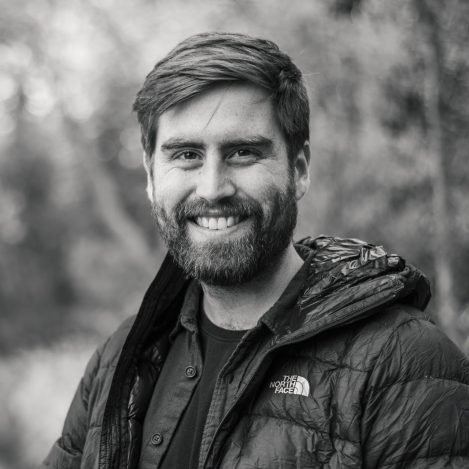 Murray Livingston’s photography harmoniously blends his architectural background, love for nature, and dedication to project-based storytelling. By leveraging his architectural eye for detail and structure, Livingston creates images that are beautiful and thought-provoking, encouraging viewers to see landscapes from a new perspective. His work is a testament to photography’s power to connect us more deeply with the natural world and ourselves.
Murray Livingston’s photography harmoniously blends his architectural background, love for nature, and dedication to project-based storytelling. By leveraging his architectural eye for detail and structure, Livingston creates images that are beautiful and thought-provoking, encouraging viewers to see landscapes from a new perspective. His work is a testament to photography’s power to connect us more deeply with the natural world and ourselves.
Murray has also contributed to On Landscape, and you can see his article here:
https://www.onlandscape.co.uk/author/murray_livingston/
If you enjoyed this article and want to listen to my conversations with other great artists, consider subscribing to my podcast, “F-Stop Collaborate and Listen,” on your favorite podcatching application.
Do you know someone you feel has yet to be discovered and should be featured here? If so, please let me know - I look forward to hearing from you. I’m especially interested in showcasing photographers with unique stories and backgrounds.

